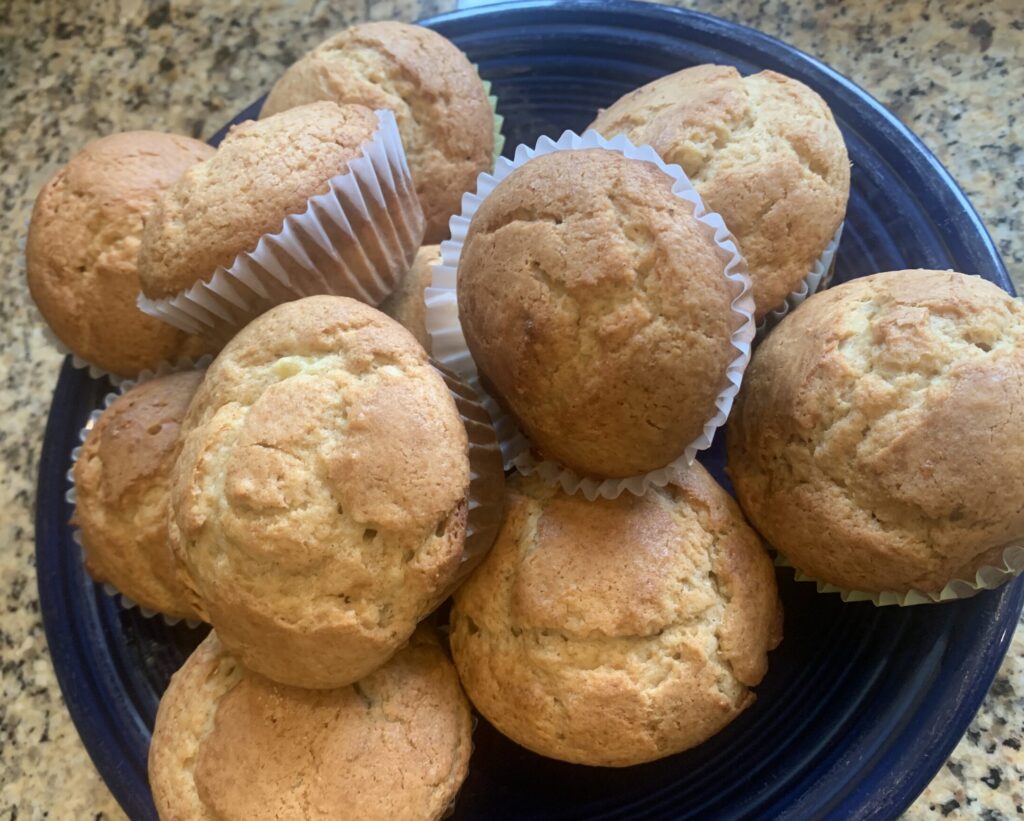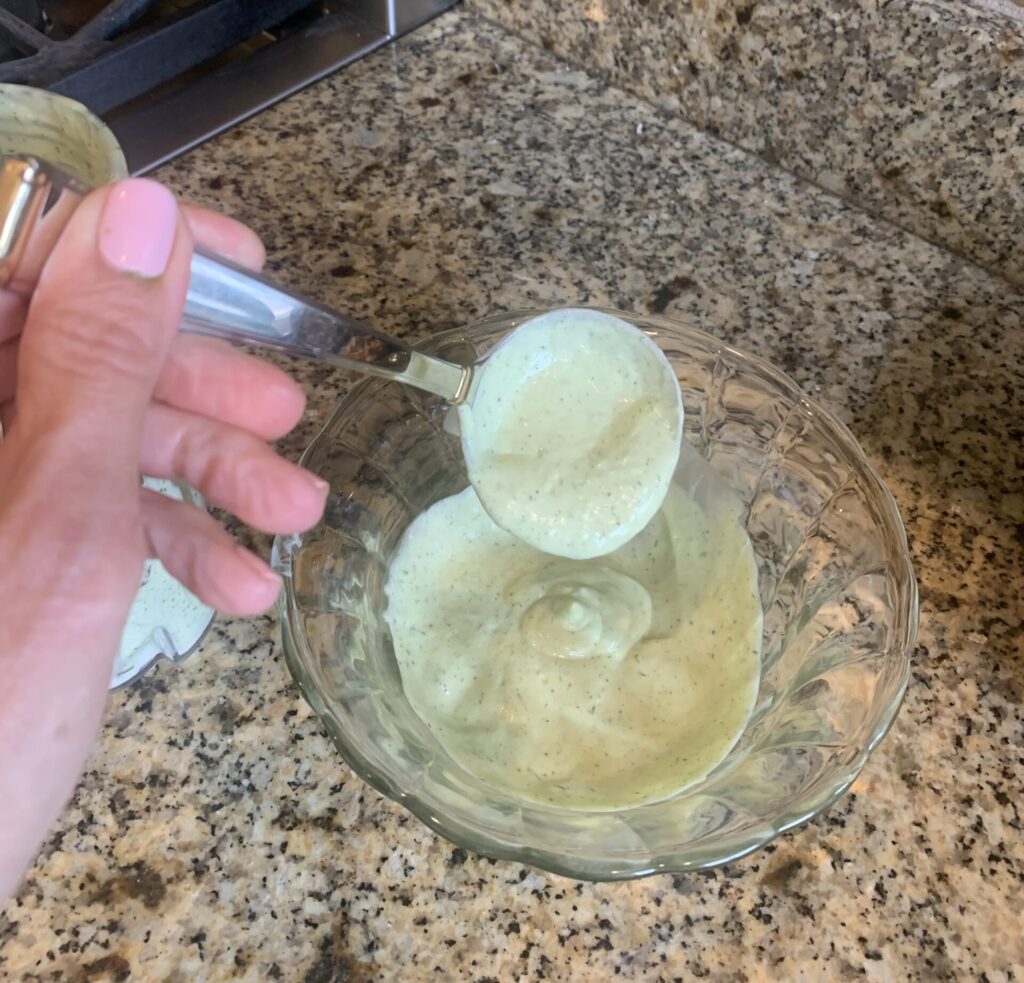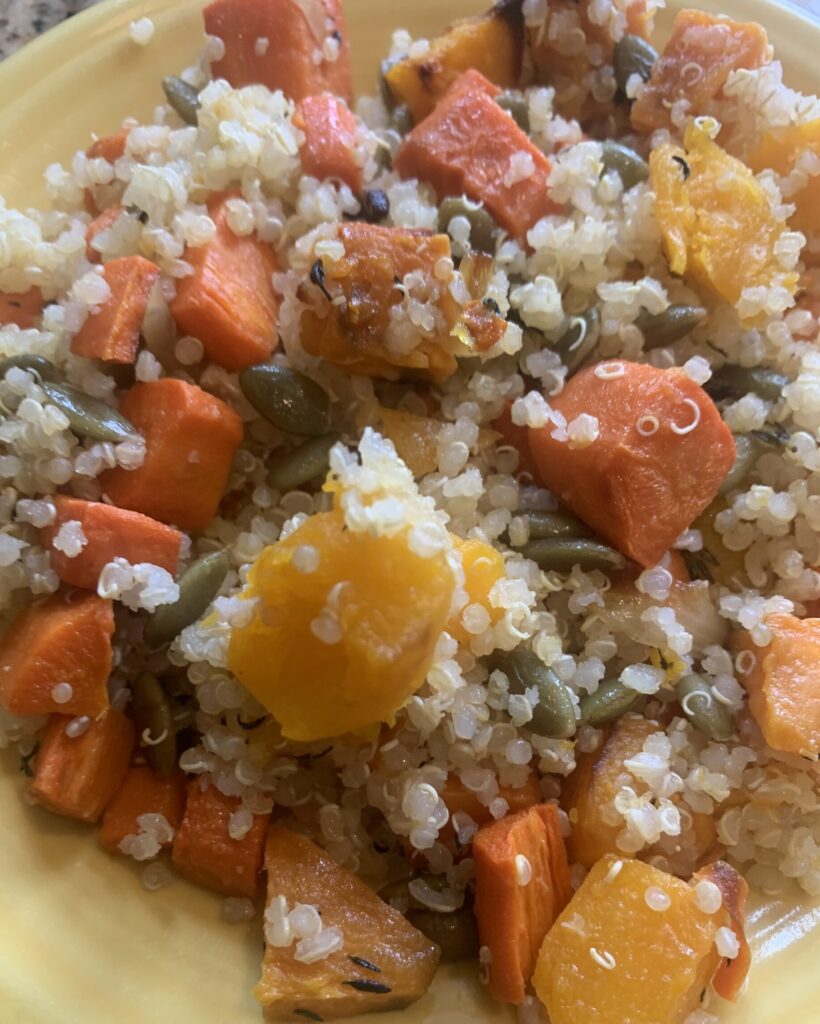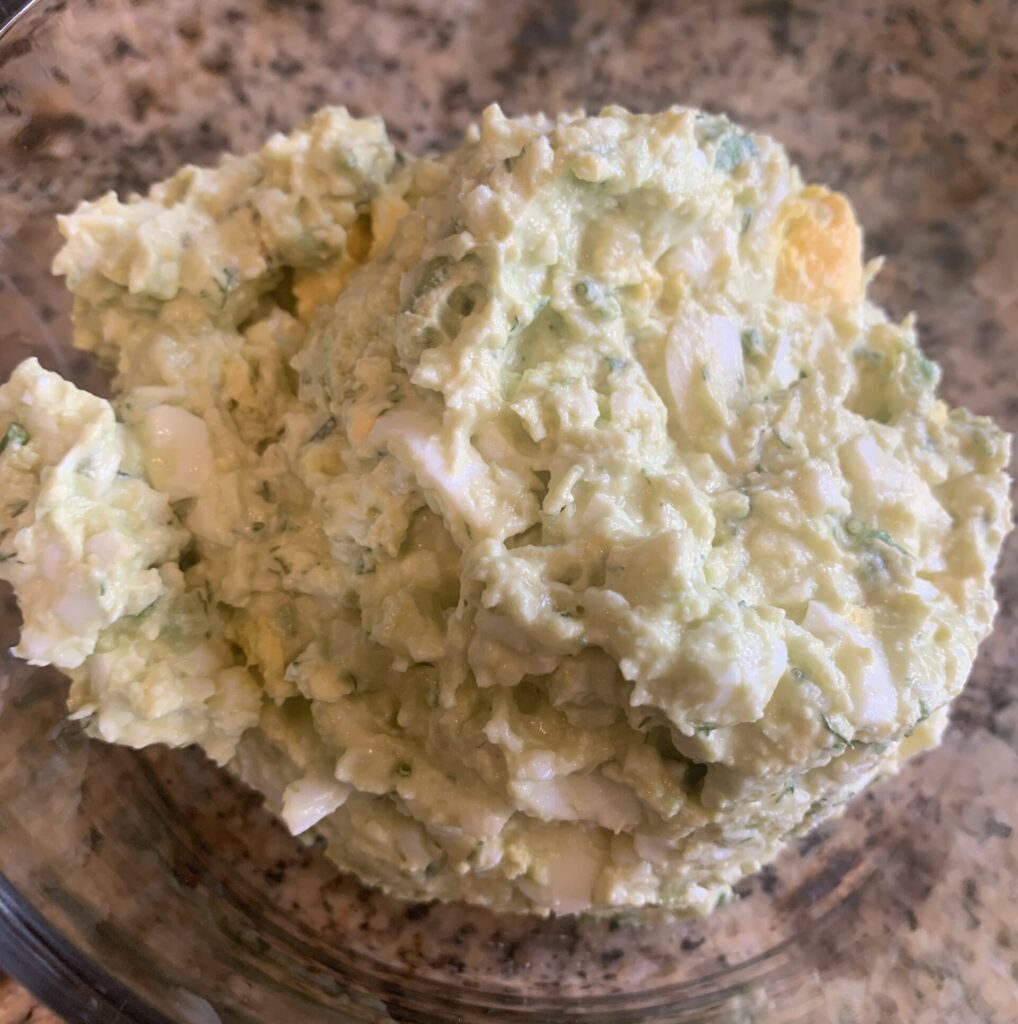You may find a bland diet will help bouts of nausea, or moist and soft foods can help with chewing and swallowing. A neutroponic diet can help minimize the risk of introducing foodborne illness if you have a compromised immune system. Below are a few recipes to try while you may be experiencing these symptoms.

Banana muffins
Yield
12 Muffins
Ingredients
8 tablespoons (1 stick) butter, softened
¾ cup brown sugar
½ cup plain Greek yogurt
2 eggs
1 teaspoon vanilla
2 cups flour
1 teaspoon baking powder
¼ teaspoon baking soda
½ teaspoon cinnamon
¼ teaspoon ground ginger
½ teaspoon salt
½ cup mashed overripe banana
- Preheat oven to 350 degrees. Line a 12-cup muffin tin with muffin cups or parchment paper.
- Cream butter with brown sugar, yogurt, eggs, and vanilla in a large bowl. Whisk in banana.
- In a separate bowl, whisk flour, baking powder, baking soda, cinnamon, ginger, and salt.
- Combine the wet and dry ingredients in a large bowl until combined.
- Divide batter evenly into a lined muffin tin.
- Bake until golden and a toothpick inserted in the center of a muffin comes out clean, 20 to 25 minutes.
Nutritional Information: Calories 210; Carbohydrates 29g; Fat 9g; Fiber 1g; Protein 4g; Saturated Fat 6g; Sugar 14g
Ranch Dip

This creamy dressing tastes great on salads, but if swallowing is a problem for you, consider adding it to other dishes as well. The dressing can act as a lubricant, making dry foods easier to swallow.
Yield
Serves 4-6
Ingredients
½ cup light mayonnaise
½ cup plain Greek yogurt
½ tablespoon chopped fresh chives
1 teaspoon fresh parsley
¼ cup unsweetened almond milk
1 teaspoon lemon juice
½ teaspoon garlic powder
½ teaspoon onion powder
1 teaspoon fresh dill or ¼ teaspoon dried dill (optional)
¼ teaspoon sea salt
¼ teaspoon black pepper
- Thoroughly rinse fresh produce under warm running water for 20 seconds.
- Add all ingredients to a blender. Blend until completely smooth. Add more almond milk, 1 tablespoon at a time, for a thinner consistency.
- Serve immediately or transfer to an airtight container. Dressing can be stored for up to 3 days in the refrigerator.
Nutritional Information
Calories 80; Carbohydrates 3g; fat 7g; Fiber 0g; Protein 2g; Saturated Fat 1g; Sodium 140mg; Sugar 2g.
Fall Harvest salad

Yield
Serves 4
Ingredients
1½ cups chopped butternut or kabocha squash, cut into ½-inch pieces
1½ cups chopped carrot, cut into ½-inch pieces
1½ cups chopped sweet potato, cut into ½-inch pieces
3 tablespoons plus 1 teaspoon olive oil
2 teaspoons fresh thyme leaves
Salt and pepper to taste
2 medium shallots, peeled, halved, and sliced
2 tablespoons lemon juice
½ cup toasted, hulled pumpkin seeds
2 cups cooked quinoa
- Thoroughly rinse fresh produce under warm running water for 20 seconds. Scrub to remove excess dirt.
- Preheat oven to 400 degrees. Line a baking sheet with parchment paper.
- Toss squash, carrot, and sweet potato with 1 teaspoon of olive oil, thyme, and a generous pinch of salt. Spread in a single layer on the prepared baking sheet. Bake for 30 minutes, then turn the vegetables and add shallots to the sheet. Bake for an additional 15 minutes.
- While vegetables are cooking, whisk together the remaining 3 tablespoons of olive oil, lemon juice, and salt and pepper to taste in a large bowl. Stir in pumpkin seeds and cooked quinoa.
- When vegetables are tender, let cool slightly, then add to quinoa mixture and stir to combine.
Nutritional Information
Calories 350; Carbohydrates 48g; Fat 15g; Fiber 8g; Protein 8g; Saturated Fat 2g
Sugar 7g
Remember to choose nutrient dense foods, they are especially helpful if you are tired, or don’t have much of an appetite. You want to make every bite count, empty calories are not the best choice.
Egg Salad with Avocado and Greek Yogurt

Yield
Serves 6
Ingredients
6 eggs
1 avocado
½ cup nonfat plain Greek yogurt
½ teaspoon Dijon mustard
Juice of 1 lemon
1 tablespoon chopped chives
1 tablespoon chopped dill
Salt and pepper
1 tablespoon olive oil
- Prepare hard-cooked eggs. Place eggs in a 2-quart saucepan and cover with cold water; bring to a boil and boil on medium-high heat for 9 minutes. Rinse will cool water and peel.
- Mash avocado and eggs together until textured and chunky in consistency. Add yogurt, mustard, lemon juice, and herbs. Season with salt and pepper to taste. Drizzle with olive oil.
- Serve chilled or at room temperature. Transfer salad to a bowl if serving immediately or to an airtight container if saving for later. Store for up to three days in the refrigerator.
Nutritional Information
Calories 230; Carbohydrates 5g; Fat 18g; Fiber 2g; Protein 13g; Saturated Fat 5g; Sugar 2g
Leave a Reply